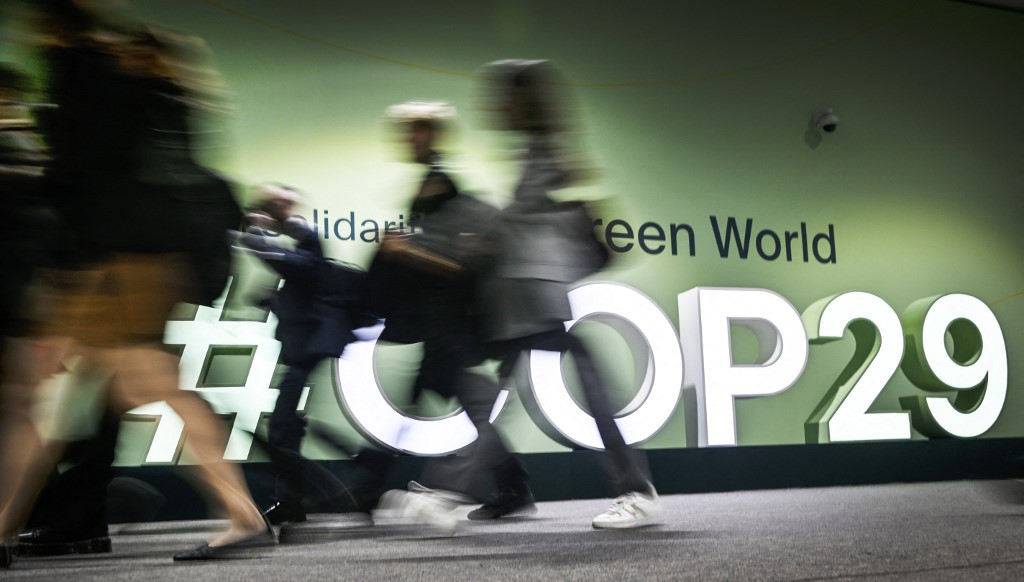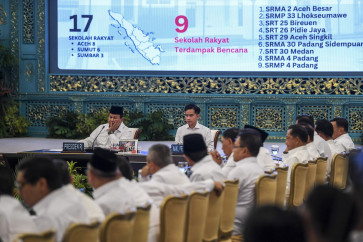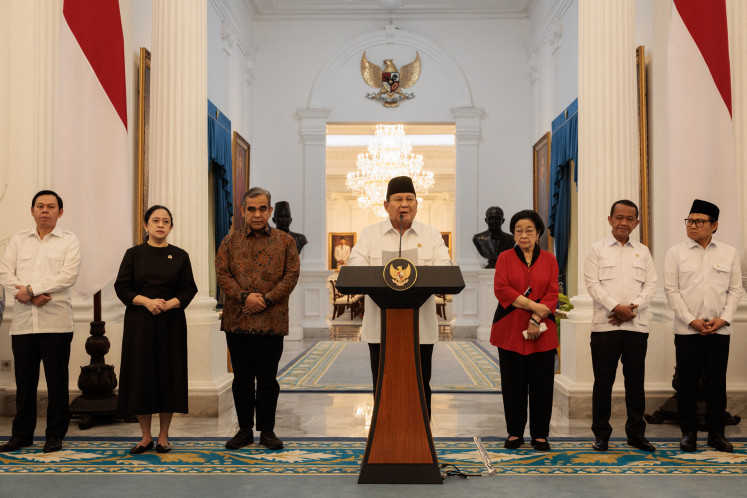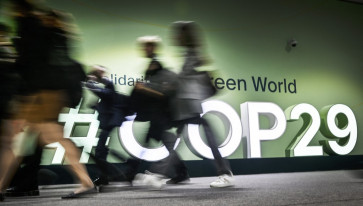Popular Reads
Top Results
Can't find what you're looking for?
View all search resultsPopular Reads
Top Results
Can't find what you're looking for?
View all search resultsHow the EU can scale up carbon removal
Removal of atmospheric carbon dioxide will require scaling up investment in carbon-removal technologies.
Change text size
Gift Premium Articles
to Anyone
T
he European Union has committed to achieving net-zero greenhouse-gas (GHG) emissions by 2050, and there are strong signals that EU policymakers will approve a new target to reduce emissions by 90 percent by 2040. The science is clear on what must be done to limit global warming to 1.5 degrees Celsius above preindustrial levels: rapid and dramatic cuts in emissions and the removal of 6-10 gigatons of carbon dioxide from the atmosphere annually. And yet the former receives far more attention than the latter.
This must change, and fast. Removal of atmospheric CO2 will require scaling up investment in carbon-removal technologies from US$5-13 billion today to $6-16 trillion by 2050. For comparison, this is at least double the amount of revenues generated by the oil and gas industry each year.
Setting aside the moral, one could say existential, obligation to protect the climate, there is a business case for deploying carbon-removal technology across the EU. By 2050, a global carbon-removal industry capable of achieving net-zero emissions could be worth between $300 billion and $1.2 trillion.
Besides private- and public-sector investments, carbon markets, where companies purchase credits to offset their emissions, have emerged as one of the most important sources of finance for carbon-removal projects. By putting a price on carbon, businesses are incentivized to improve energy efficiency and develop and deploy green solutions across their operations.
Today, there are two main approaches to carbon pricing: compliance and voluntary carbon markets. The compliance market is regulated by mandatory carbon-reduction regimes, mainly targeting high-emitting industries such as steel, oil and transportation, while the voluntary market operates independently, without direct regulatory oversight.
The EU’s Emissions Trading System (ETS), the bloc’s compliance market, works on a cap-and-trade principle, whereby firms in specific sectors receive emission allowances, the supply of which is capped at a level that reduces total CO2 emissions. They can sell unused allowances on the market, often to companies that require additional ones.
By contrast, voluntary carbon markets allow businesses and individuals to purchase credits from verified offset projects in order to meet sustainability goals independently from any emission allowances. These markets use different methodologies to ensure that the emissions reductions are real, measurable and permanent.



















